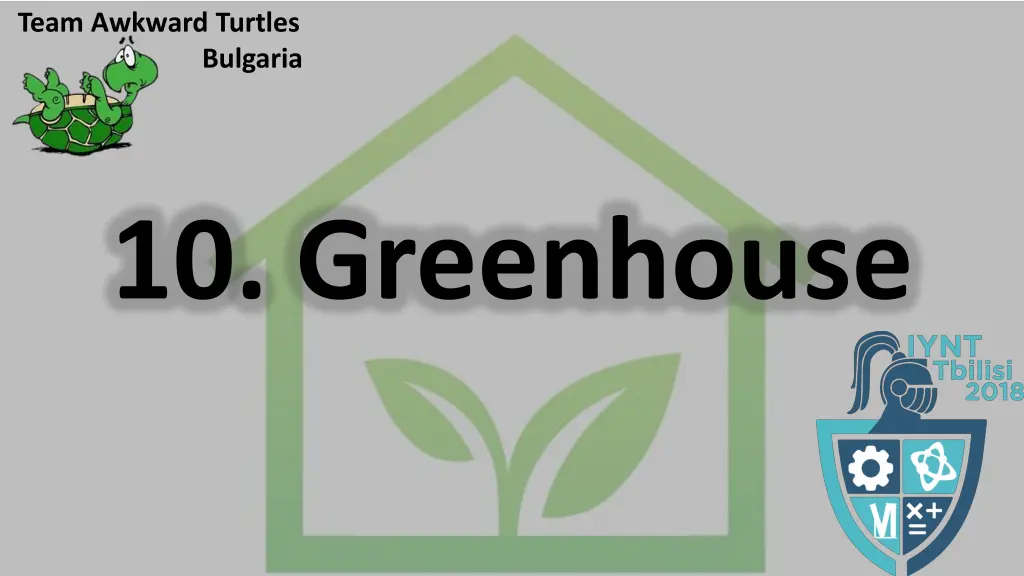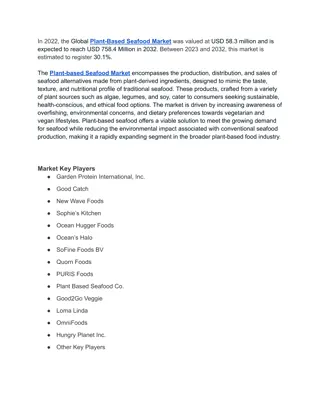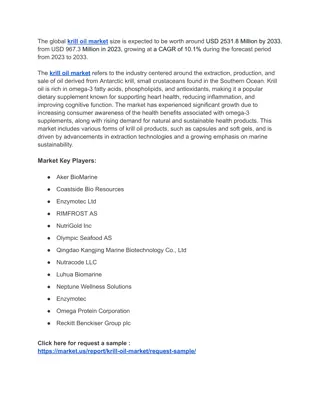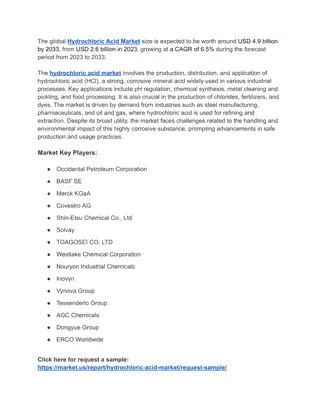
Greenhouse Impact on Heat Loss Mechanisms
Investigate the efficiency of containing a hot object in a greenhouse to reduce heat loss. Explore different heat transfer mechanisms like conduction, convection, and radiation. Understand how a greenhouse traps heat and the role of gases like CO2 in Earth's atmosphere as a greenhouse effect. Conduct experiments to compare heat loss in open air versus closed vessels with various convection methods and CO2 presence.
Download Presentation

Please find below an Image/Link to download the presentation.
The content on the website is provided AS IS for your information and personal use only. It may not be sold, licensed, or shared on other websites without obtaining consent from the author. If you encounter any issues during the download, it is possible that the publisher has removed the file from their server.
You are allowed to download the files provided on this website for personal or commercial use, subject to the condition that they are used lawfully. All files are the property of their respective owners.
The content on the website is provided AS IS for your information and personal use only. It may not be sold, licensed, or shared on other websites without obtaining consent from the author.
E N D
Presentation Transcript
Team Awkward Turtles Bulgaria 10. Greenhouse
Summary 1. Problem statement 2. Introduction 3. Materials and methods 4. Experiment 5. Results 6. Conclusions
1. Problem statement A hot object placed in the open air would gradually cool down. We can slow down this process by containing the object in a greenhouse. Compare different mechanisms of heat loss by the object and explain how the presence of a greenhouse affects them.
2. Introduction heat loss = heat transfer = transfer of heat from a hotter area to a colder area until both have the same temperature (equilibrium) Mechanisms of heat transfer Conduction Convection Radiation heat transfer via direct flow of heat trough a material due to physical contact natural or forced heat transfer via direct movement of a fluid (air or water) heat transfer via electromagnetic waves (does not necessary require a medium to carry the heat)
2. Introduction What is a greenhouse and how it works? A greenhouse is made of glass which let s the visible light (radiated heat) from the sun through. The heat is absorbed by plants and soil which then give out the heat. Some of the heat passes through the glass, but most is trapped inside and keeps the greenhouse warm. Glass is not a good heat conductor it acts as an insulator. Earth s atmosphere as a greenhouse Gases like CO2act like the glass of a greenhouse and block the heat from escaping the Earth. Human activities such as burning fossil fuels increase the amount of greenhouse gases released into the atmosphere. Trapping this heat results in rising temperatures on Earth and climate change in recent history. SUN
3. Materials and methods Follow the time that is needed for a heated copper object to give away its temperature to the environment (from 100 oC to 40 oC) via the following mechanisms: 1) natural convection in open air metal object, thermometer, stopwatch 2) natural convection in closed vessel glass vessel with lid 3) forced convection in closed vessel fan 4) natural convection in closed vessel in the presence of only CO2gas CO2produced following this reaction: Na2CO3+ 2HCl 2NaCl + H2O + CO2
4. Experiment Natural convection in open air vs Natural convection in closed vessel T,oC T,oC Containing a metal object in a green house leads to longer time for heat transfer as compared to cooling in open air (3 min 40 sec).
4. Experiment Natural convection in closed vessel vs Forced convection in closed vessel T,oC T,oC Forced convection leads to faster heat transfer than natural convection (12 min 29 sec).
4. Experiment Natural convection in closed vessel in air vs Natural convection in closed vessel in CO2 T,oC T,oC CO2 air Heat transfer due to natural convection in carbon dioxide environment showed no difference as compared to air environment.
5. Results Velocity of heat loss: natural convection in open air 0.08 oC/min natural convection in greenhouse 0.06 oC/min forced convection in greenhouse 0.25 oC/min natural convection in CO2medium 0.06 oC/min Natural convection in air and CO2medium had the same velocity of heat loss, although we expected that CO2will slow down the heat loss. This could be due to the fact that we used both CO2and greenhouse. If the object was left to cool down in CO2atmosphere, it should loose the heat slower than in air because the air will let heat through and CO2won t.
6. Conclusions We observed 3 heat transfer phenomena natural convection, forced convection and the greenhouse effect. Velocity of heat loss was in the following order: Heat transfer via forced convection is the fastest because the fan creates the motion of the air (not dependent on density) and cools the air. Heat transfer via natural convection in open air is slower because it is dependent on differences in air density. Heat transfer via natural convection in a closed vessel is the slowest because there is limited amount of cold air available. > >
Used literature [1] http://hyperphysics.phy-astr.gsu.edu/hbase/thermo/heatra.html [2] http://www.physicsclassroom.com/class/thermalP/Lesson-1/Methods-of- Heat-Transfer [3] https://www.nationalgeographic.org/encyclopedia/greenhouse-effect/ [4] http://www.environment.gov.au/climate-change/climate-science- data/climate-science/greenhouse-effect
6. Conclusions We observed 3 heat transfer phenomena natural convection, forced convection and the greenhouse effect. Velocity of heat loss was in the following order: Heat transfer via forced convection is the fastest because the fan creates the motion of the air (not dependent on density) and cools the air. Heat transfer via natural convection in open air is slower because it is dependent on differences in air density. Heat transfer via natural convection in a closed vessel is the slowest because there is limited amount of cold air available. > >






















